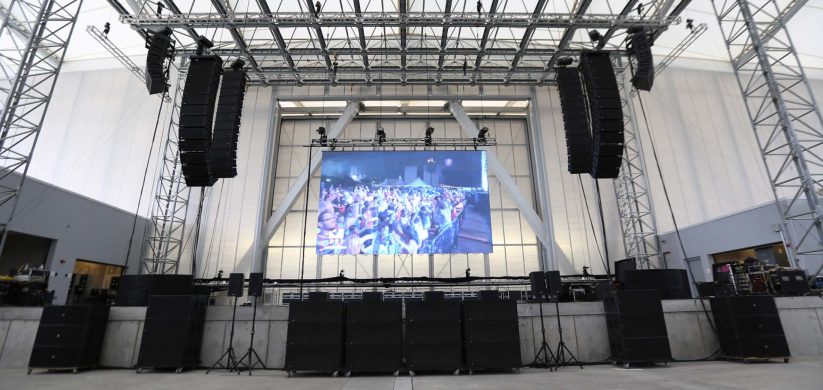Explaining Luminescent Panel Surface Brightness Metrics for Ideal Screen Performance
Explaining Luminescent Panel Surface Brightness Metrics for Ideal Screen Performance
Blog Article
LED panel screens are increasingly popular in various settings, including residences and commercial spaces as well as communal areas. These screens tend to be recognized due to the vivid and vibrant displays, which render these suitable for communicating data, ads, as well as engagement. Nevertheless, comprehending brightness illumination levels for LED panel screens remains crucial to ensuring optimal visual efficacy. Illumination is measured in units called candelas, that show the amount of luminosity produced by a screen. A higher the number in candelas, the brighter more luminous a visual will be. For, example, a panel with one thousand candelas stands considerably more vivid compared to one featuring five hundred candelas, rendering it more suitable for well-lit environments.
When choosing a LED wall panel, one becomes important to take into account the environment in which the screen will be placed. For well-lit illumined spaces, like retail environments and open-air locations, a higher brightness level is necessary to ensure clarity. On the other hand, within darker environments, such as cinemas and meeting spaces, lower diminished illumination level might suffice. This is because excessive brightness in a dark environment can lead to discomfort among the audience, causing them harder to focus on the display. Therefore, understanding the specific needs for the installation location can help in choosing the right brightness level for ideal viewing experience.
A further crucial factor for take into account the contrast differential proportion in an Light Emitting Diode panel panel. This ratio measurement indicates how much disparity exists between the brightest brightest white and the dark black which the panel can produce. A higher differential proportion indicates the display can it can present more detail and depth, which improves general visual clarity. For example, one panel with an differential ratio at ten thousand to one is able to display images with more brilliant hues as well as crisper features compared to one with a proportion of 1,000:1. This is especially crucial in instances where displaying images or videos that require high definition and detail, such as presentations or advertising material.
Additionally, the technology behind LED wall panels plays an essential part in their brightness as well as total efficiency. Various kinds in LED technologies, such as Organic Light Emitting Diode as well as Liquid Crystal Display, have unique traits which impact the way brightness is perceived. Organic Read Full Article Light Emitting Diode panels often provide superior contrast and darker shades, which can improve a visual experience in darker environments. Conversely, standard LED panels might prove to be more suitable for well-lit spaces due to their ability for produce higher amounts in brightness. Understanding such tech-related differences will help users in deciding on knowledgeable choices based on specific specific needs.
In conclusion, consistent maintenance and adjustment of LED wall panels can assist preserve ideal brightness and efficacy long-term. Dust as well as particles can accumulate on a surface, affecting its brightness and sharpness of the visual. Periodic cleaning as well as expert calibration may guarantee that the panel functions at top optimal, providing uniform visual quality. Moreover, certain advanced Light Emitting Diode panel panels feature with integrated features which allow operators for modify brightness settings as well as color find out here now adjustments based on their wants. By taking such steps, operators will ensure the their LED panel screens provide the optimal display performance, no matter the setting in that these are used.